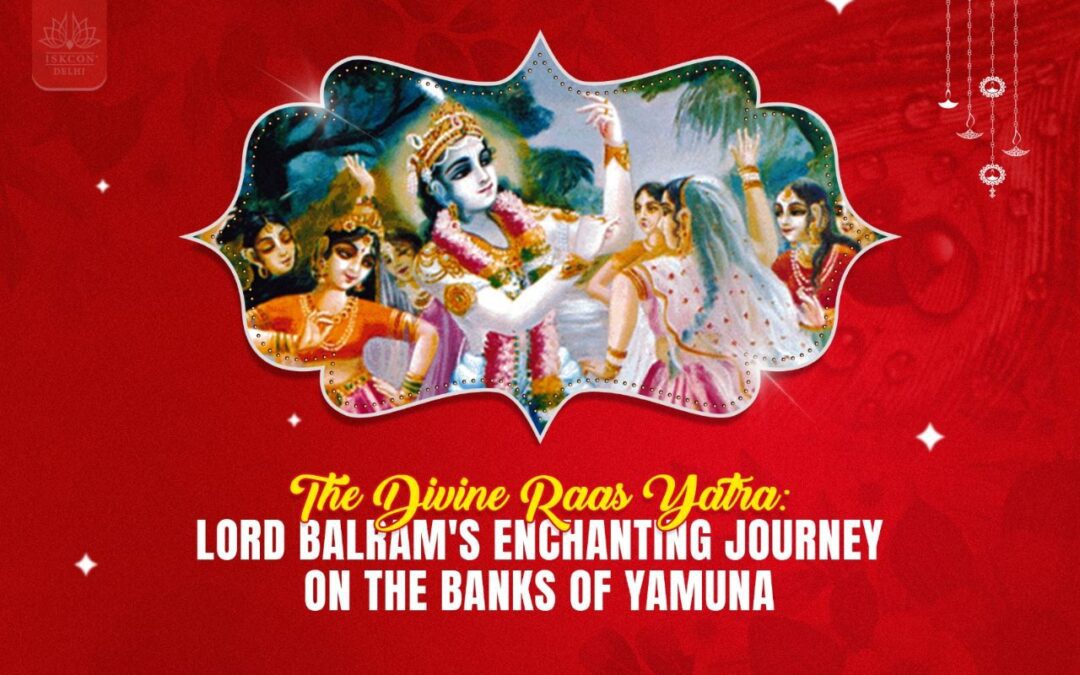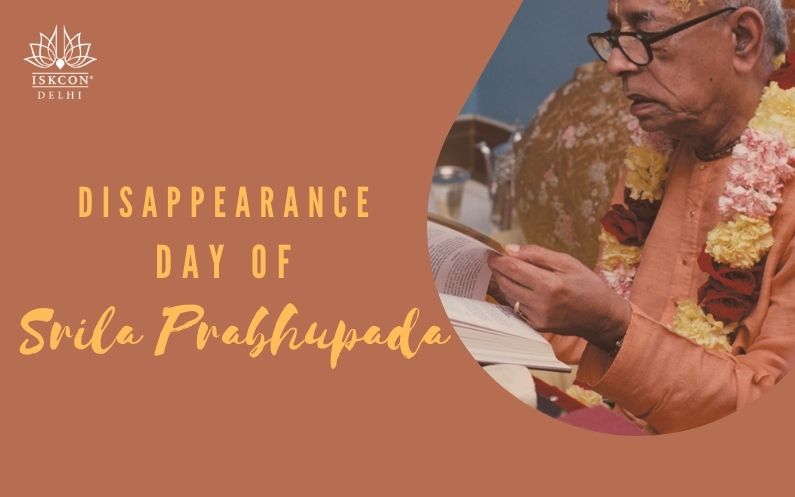Sri Ramanujacarya Appearance and Disappearance
Sri Ramanujacarya: The Beacon of Bhakti and Vedantic Wisdom
In the glorious lineage of Vaiṣṇava Acaryas, Sri Ramanujacarya stands as a divine beacon of knowledge, devotion, and service. His life and teachings continue to illuminate the path of bhakti for seekers across generations. His appearance and disappearance are sacred events observed with great reverence, as he was a direct manifestation of the Lord’s mercy to uplift conditioned souls.
The Divine Appearance of Sri Ramanujacarya
Sri Ramanujacarya appeared in the year 1017 CE in the town of Sriperumbudur, Tamil Nadu, in a pious Brahmin family. His very birth was a divine arrangement by the Supreme Lord to re-establish the pure tenets of Vaishnavism. As per Vaishnava tradition, he is considered an incarnation of Sesa, the eternal servant of Lord Visnu, who takes various forms to serve the Lord in different capacities.
From a young age, Sri Ramanujacarya exhibited extraordinary intelligence, devotion, and a deep yearning for transcendental knowledge. His early education was under Yadava Prakasa, a well-known Advaiti scholar. However, Ramanuja’s natural inclination towards bhakti led to ideological differences with his teacher. The Lord arranged for him to receive shelter under the great Vaishnava saint, Sri Yamunacarya, whose influence played a crucial role in shaping Sri Ramanujacarya’s spiritual mission.
Restoring the Path of Bhakti
At a time when impersonalism had gained widespread influence, Sri Ramanujacarya re-established the personalistic philosophy of Vedanta, known as Visistadvaita. His teachings harmonised scriptural authority, philosophical reasoning, and intense devotion to the Supreme Personality of Godhead, Sriman Narayana.
His magnum opus, the Sri Bhasya, is a masterful commentary on the Vedanta-sutras, refuting monistic interpretations and establishing the Supreme Lord as the transcendental reality, full of attributes and eternally distinct from the jivas and prakṛti. He also composed works like Gita Bhaṣya, Vedartha Sangraha, and Saranagati Gadyam, emphasising complete surrender (prapatti) to Lord Narayana as the ultimate path of liberation.
Unparalleled Devotional Service
Unlike many scholars of his time, Sri Ramanujacarya did not confine his teachings to the learnt elite. He tirelessly worked to make bhakti accessible to all, regardless of caste or background. His deep compassion led him to break rigid societal barriers, embracing sincere devotees from all walks of life.
One of the most inspiring incidents from his life was when he received the sacred mantra from his guru and, instead of keeping it secret, climbed atop the temple tower of Sri Rangam and loudly proclaimed it to all. His guru chastised him, warning that he would be doomed for revealing this confidential knowledge. However, Sri Ramanujacarya humbly responded, “If by sharing the Lord’s name, I can uplift countless souls, then I gladly accept any consequence upon myself.” Such was his unmatched spirit of surrender and compassion.
The Glorious Disappearance of Sri Ramanujacarya
After a lifetime of unparalleled service, Sri Ramanujacarya entered his divine pastimes of departure at the sacred temple of Sri Rangam in 1137 CE. Before his departure, he instructed his disciples to continue spreading Vaiṣṇava Siddhanta, emphasizing humility, service, and unwavering devotion to Sriman Narayana.
Even today, his divine presence is felt through the sacred murti of Sri Ramanujacarya at Sri Rangam, which, as per Vaiṣṇava tradition, is said to contain his original transcendental body. Pilgrims from around the world visit this sacred site, seeking his blessings to progress in devotional service.
Sri Ramanujacarya’s Eternal Legacy
Sri Ramanujacarya’s teachings remain eternally relevant for devotees seeking to deepen their relationship with the Supreme Lord. His emphasis on:
- Unalloyed bhakti over dry intellectualism
- Saranagati (complete surrender) as the means of attaining the Lord
- Devotional service beyond caste and societal divisions
- Scriptural wisdom applied with compassion and humility
These principles serve as guiding lights for sincere practitioners in the path of Krishna consciousness. His influence extends even beyond his sampradaya, as many Vaiṣṇava traditions, including Gauḍiya Vaishnavism, acknowledge his invaluable contributions.
As we commemorate both the divine appearance and disappearance of Sri Ramanujacarya, let us take inspiration from his life of dedication, humility, and boundless mercy. By sincerely following his teachings, we too can awaken pure love for the Supreme Lord and serve as instruments in spreading the mission of bhakti across the world.
” Sri Ramanujacarya Mahabhagavata Ki Jaya!”
Your Smallest act of Charity can make a difference and bring smiles to Needy Faces.
DONATE 50 MEALS
₹ 1,000
DONATE 250 MEALS
₹ 5,000
DONATE 100 MEALS
₹ 2,000
DONATE 500 MEALS
₹ 10,000
GENERAL DONATION
#Amount of your choice


